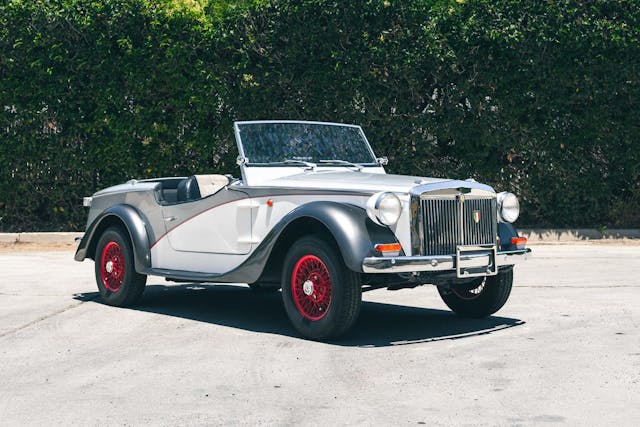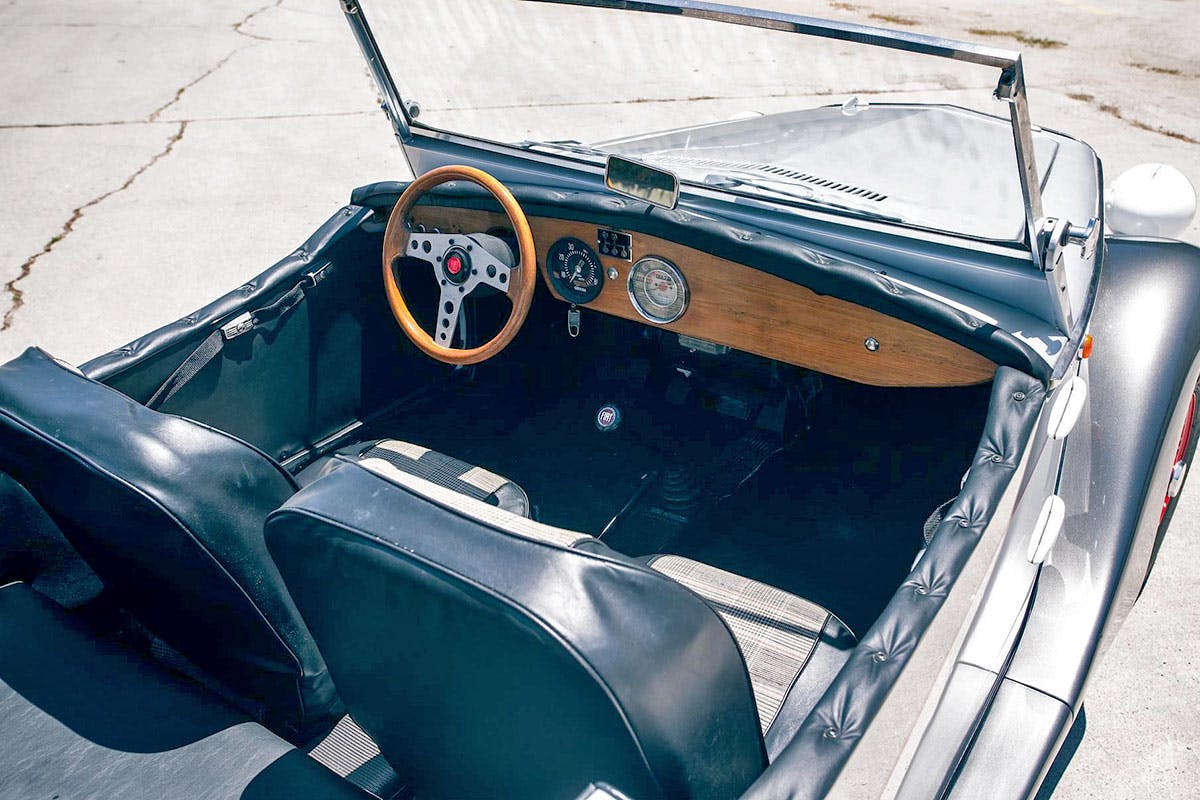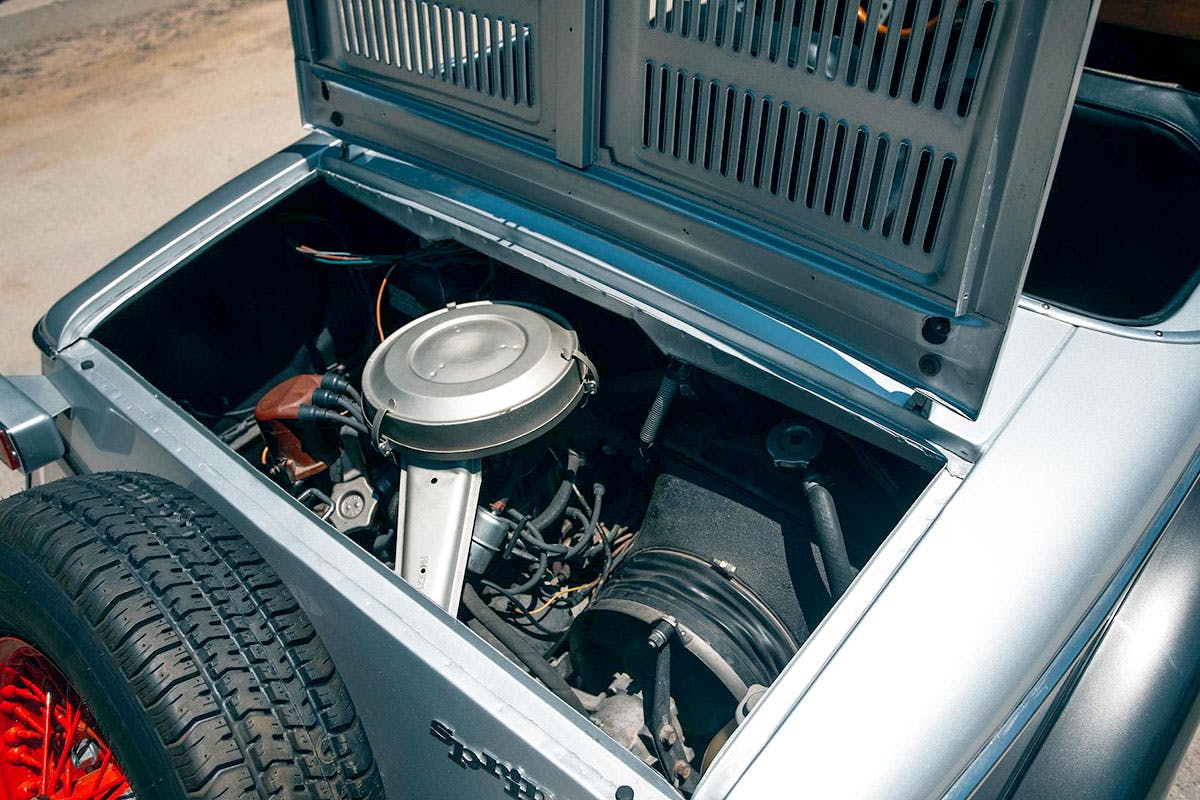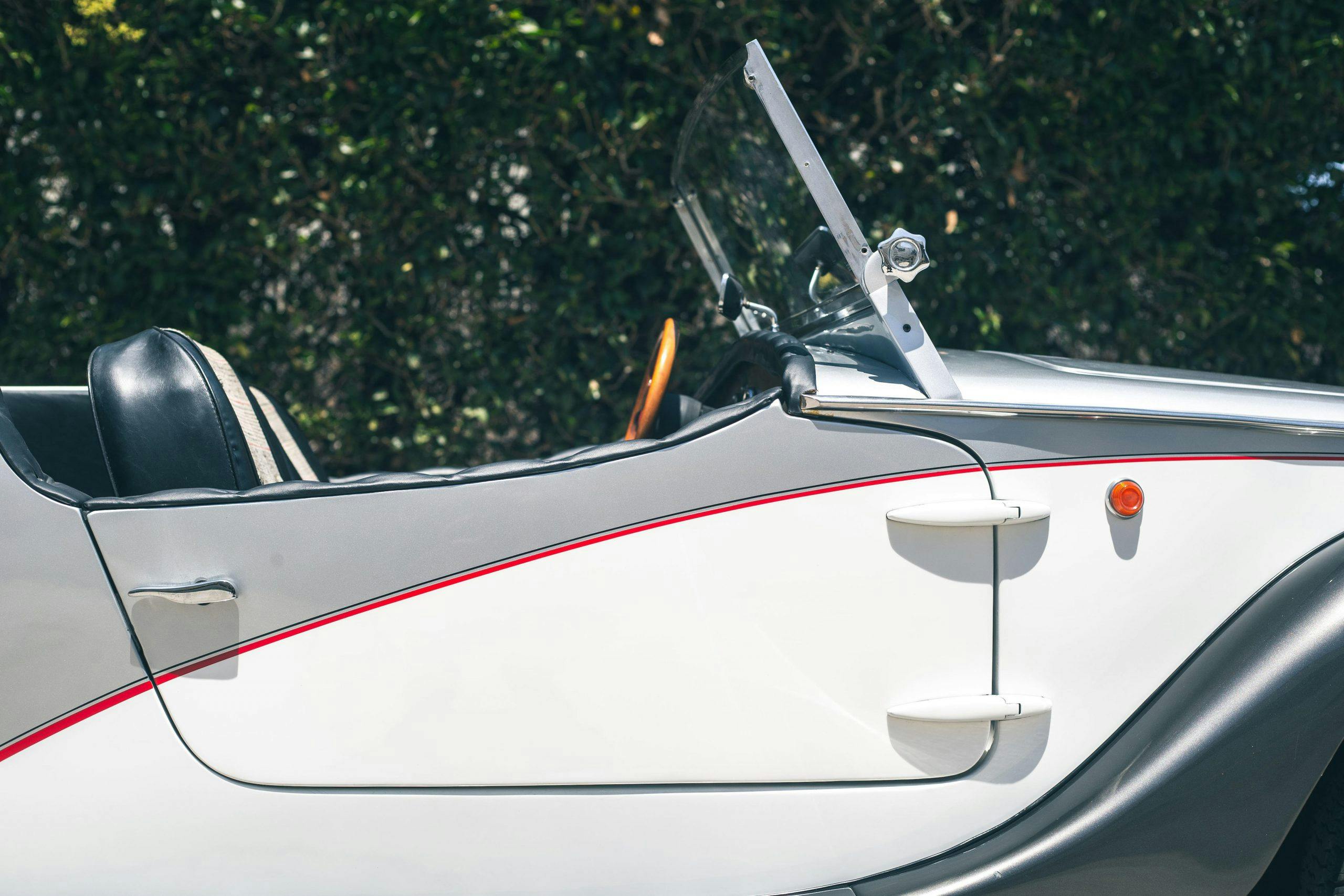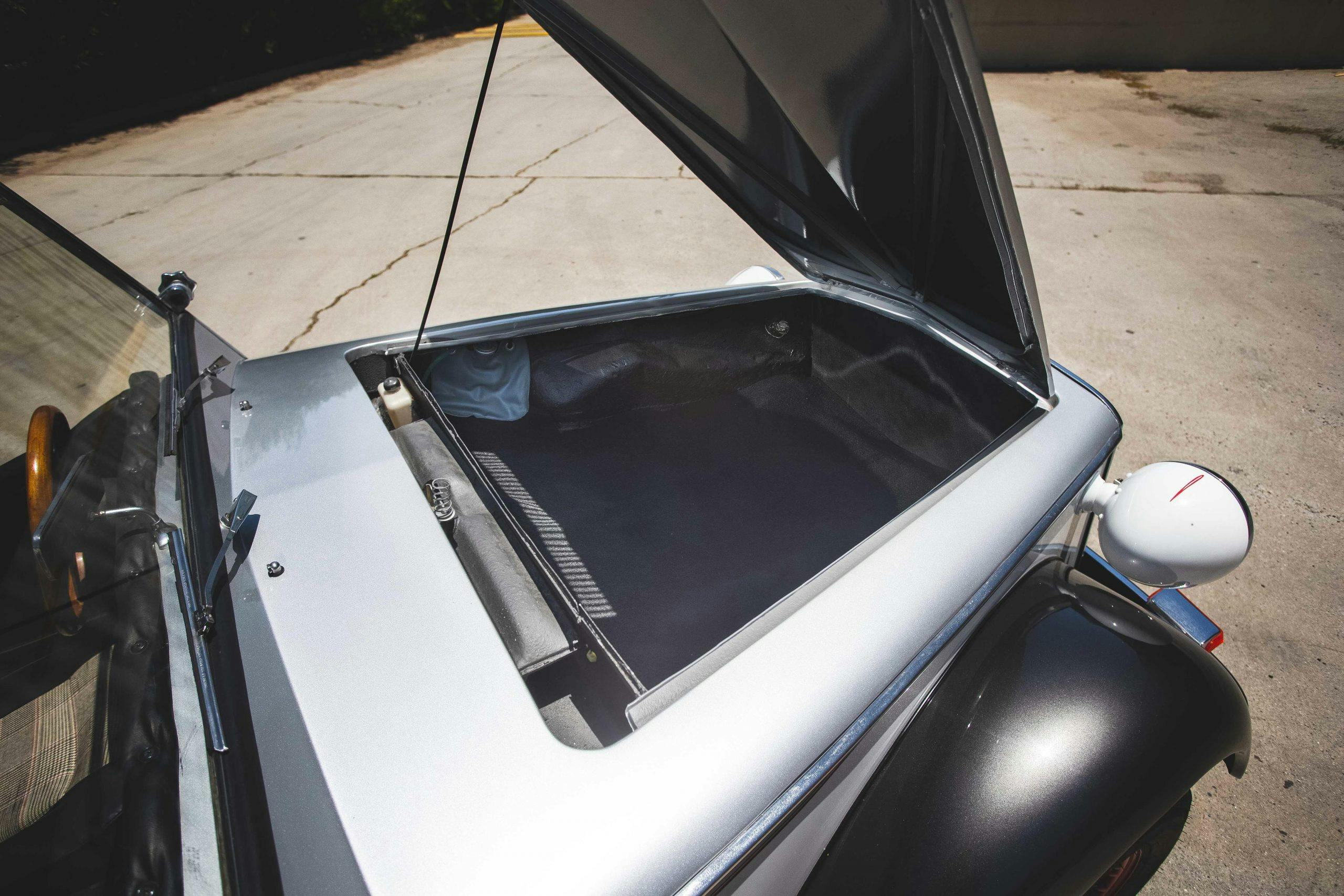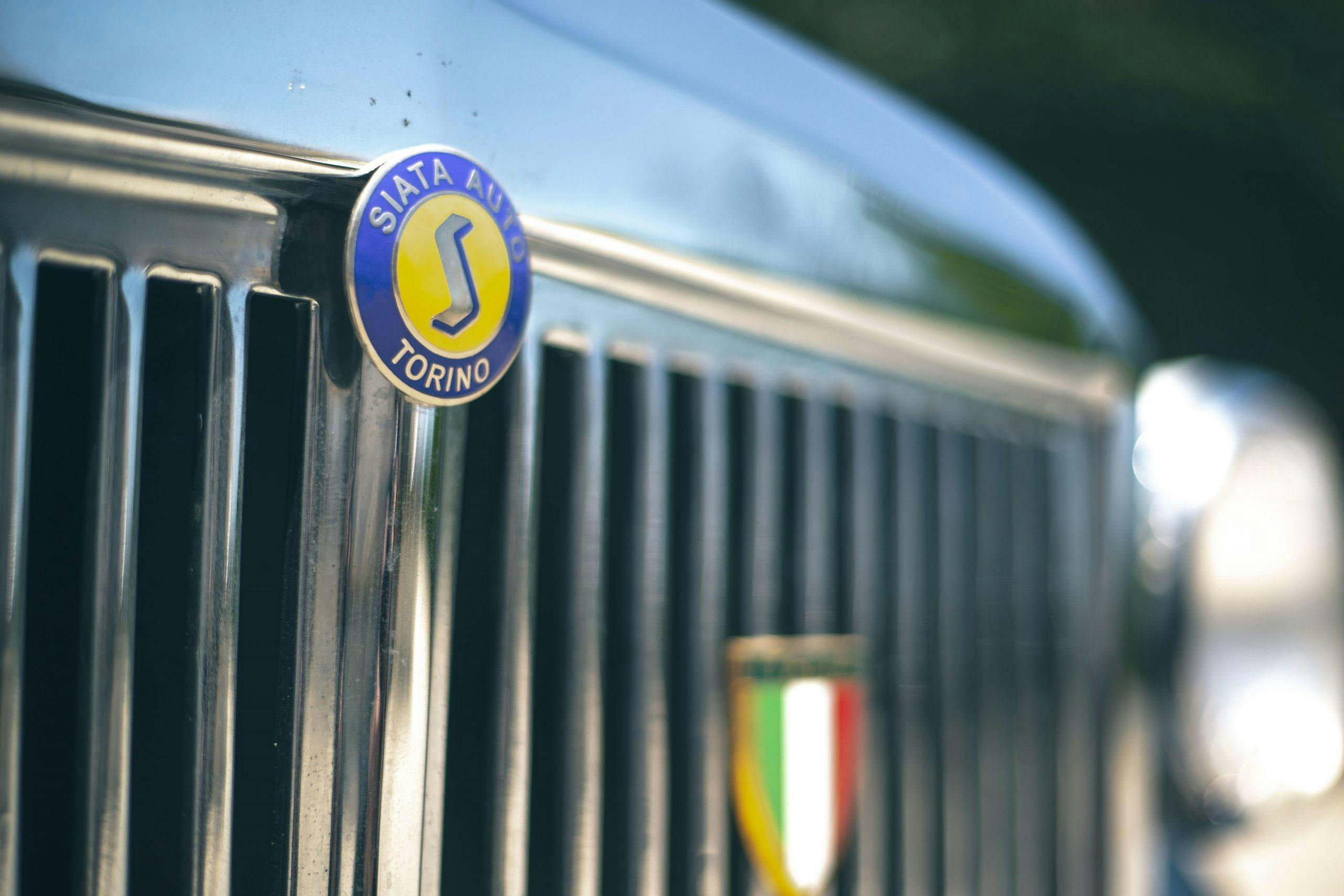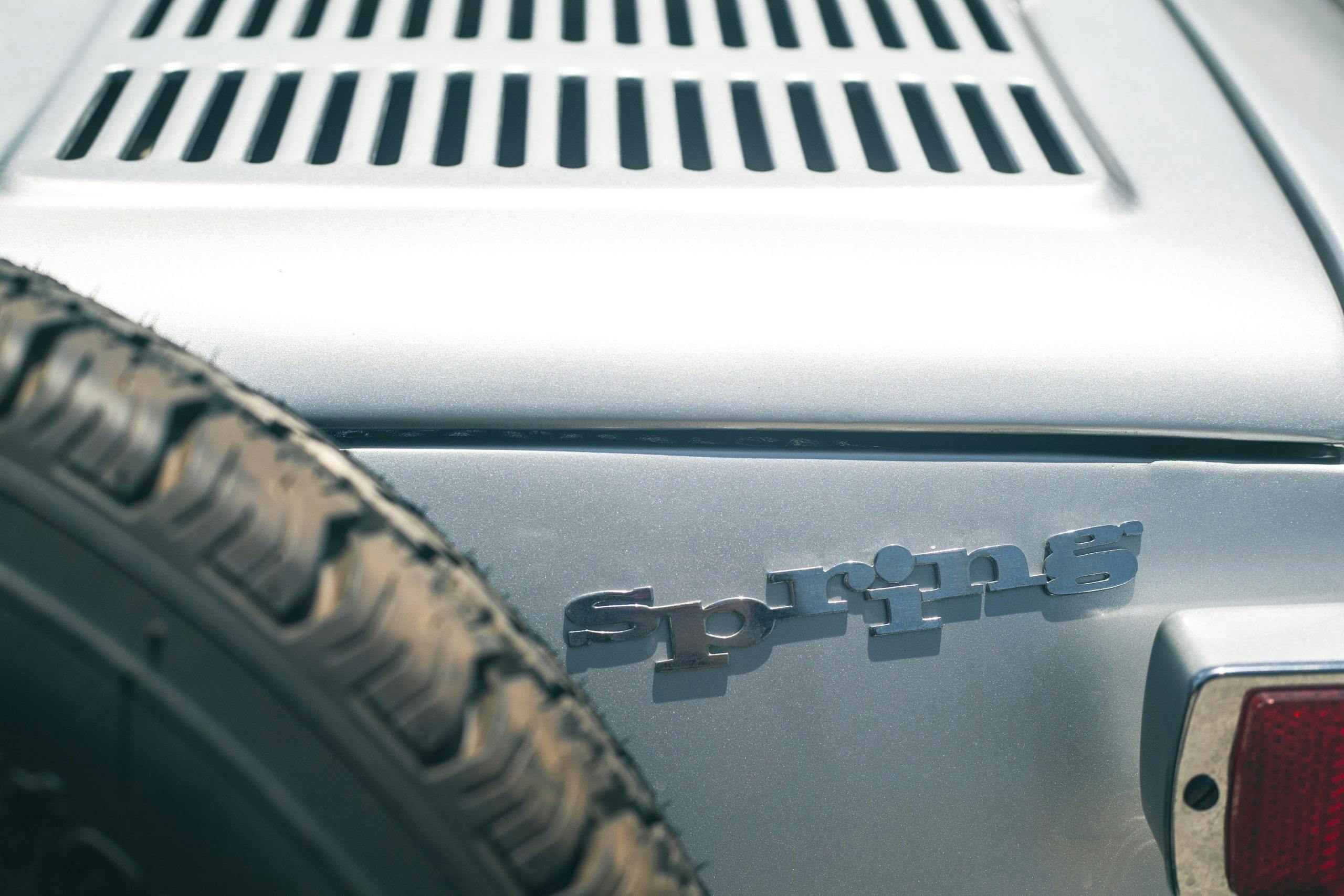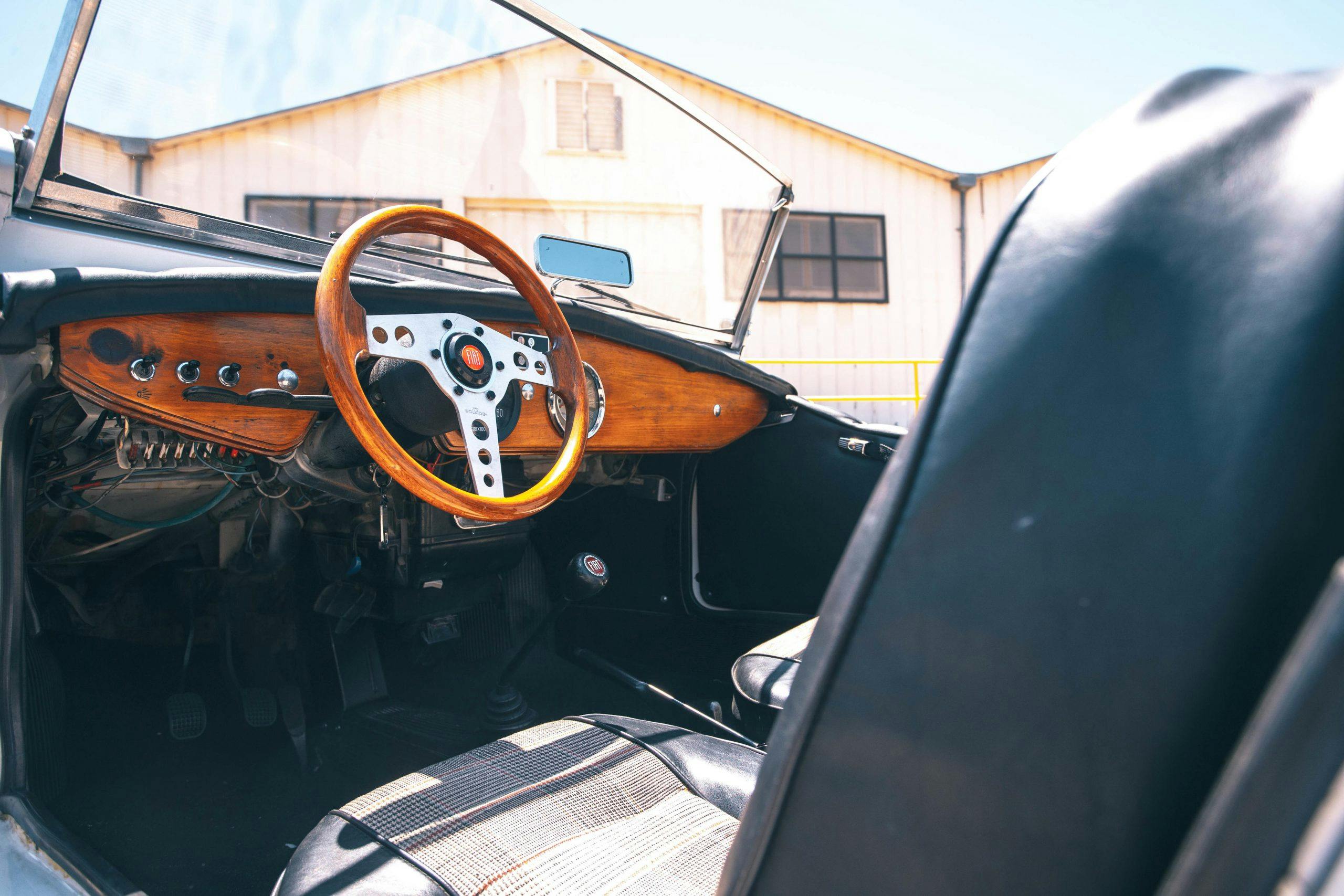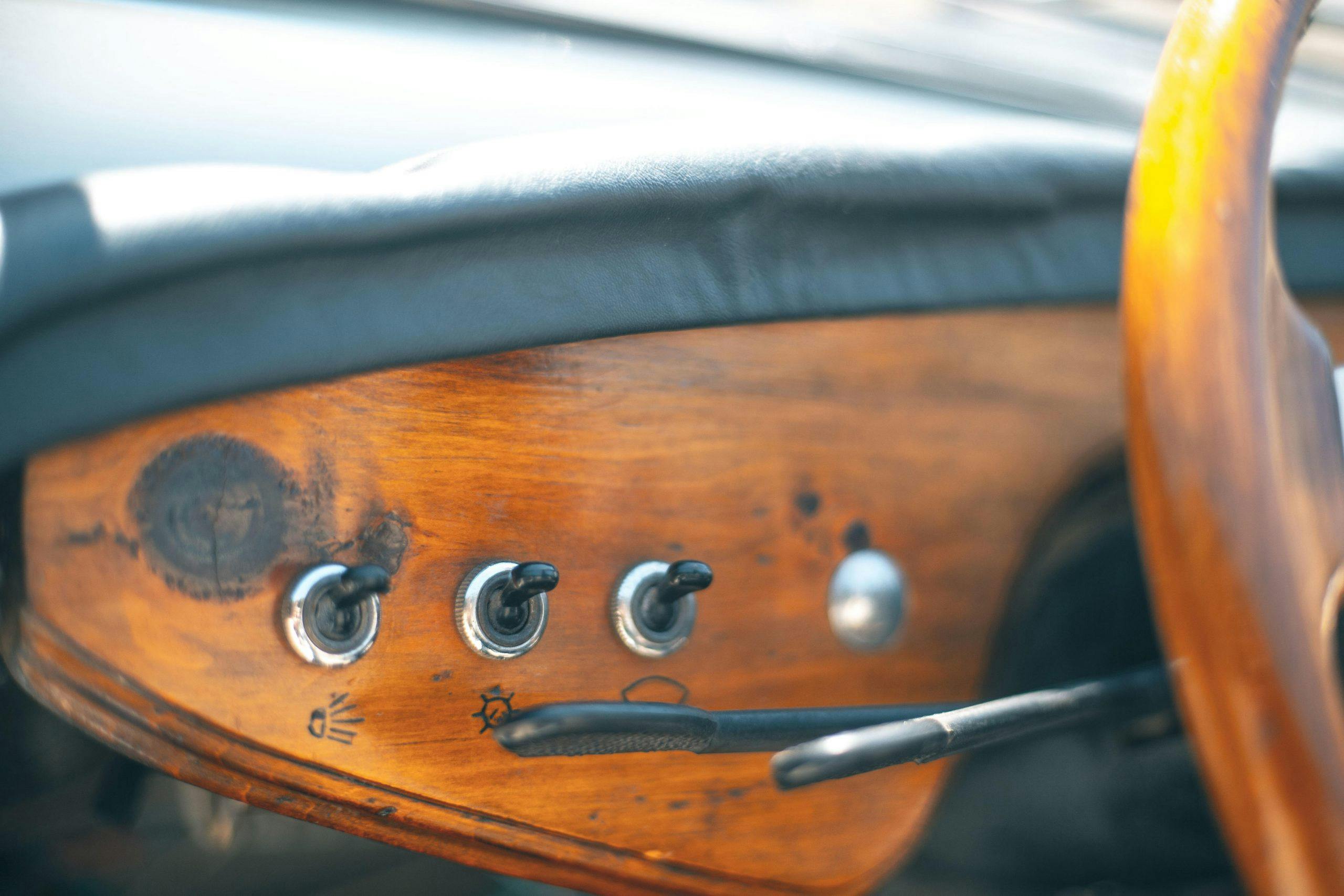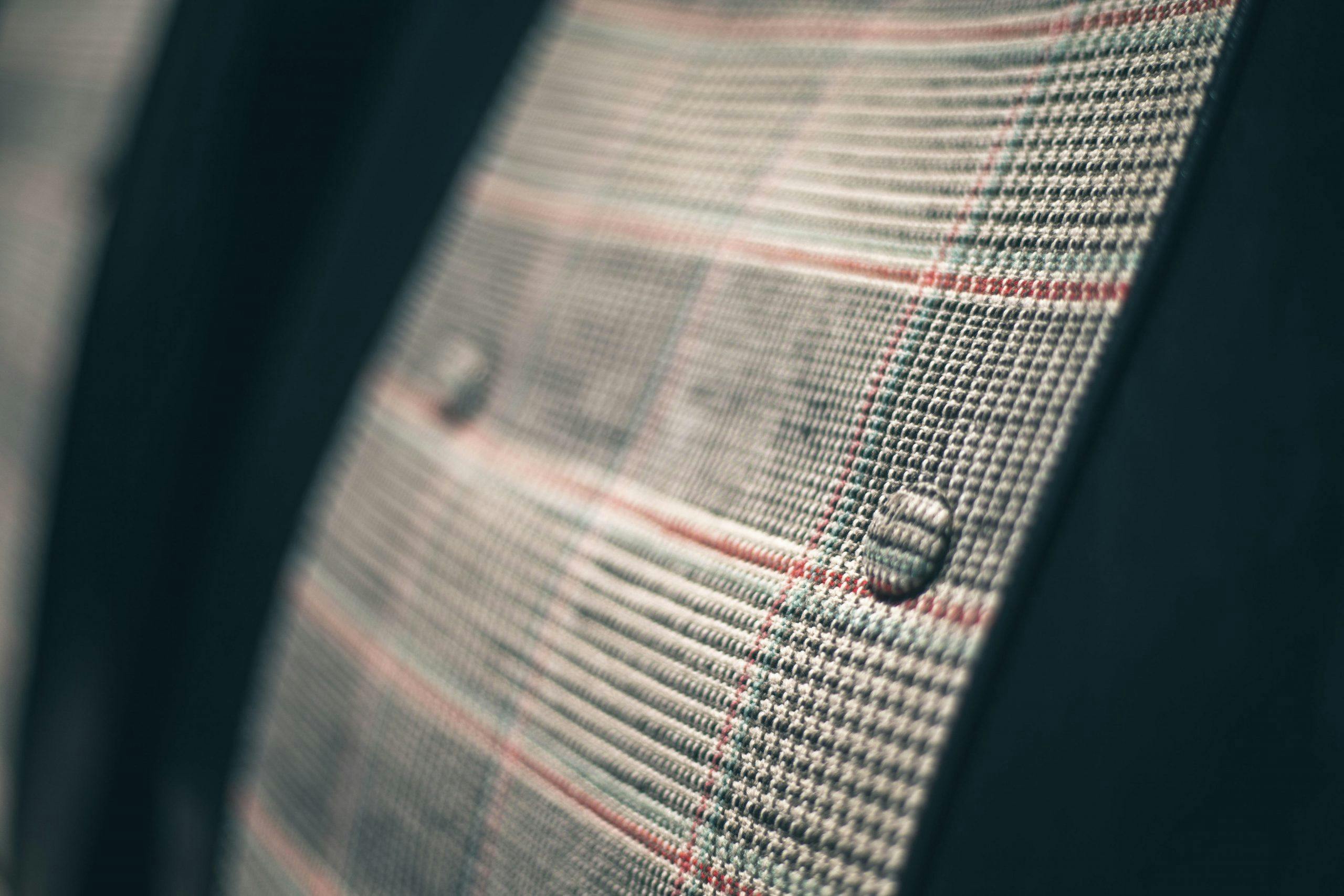The U.S. market was the SIATA Spring’s unexpected undoing
The Società Italiana Auto Trasformazione Accessori, or SIATA, was established in Turin by Giorgio Ambrosini in 1926. The company started out as a manufacturer of tuning equipment for Fiats and its products included items such as inlet manifolds, high-compression cylinder heads, overhead valve conversions, superchargers and gearboxes. Thanks to its close relationship with Fiat, SIATA was in a privileged position.
By 1948 SIATA was able to start production of its own sports cars, with the Amica becoming its first model. Just about as far removed as possible from Hyundai’s city car of the same name, the SIATA Amica was a two-seater barchetta with Fiat 500 (Topolino) power. Later would come other rather fetching roadsters, including the Daina and 208 S, while the Rallye (1951–1958) looked like an MG TD but featured FIAT 1400 running gear; all of these cars are worthy of inclusion in this slot. But this time round the focus is on SIATA’s last model before it shut up shop, the Spring, which was launched in 1968.
As with all previous SIATAs, the Spring featured Fiat power, specifically the oily bits from the 850, but in an awkwardly designed body shell that looked very similar to the rather cuter Fiat Gamine. The Spring’s styling was inspired by the same company’s Rallye of the Fifties, and it was one of the first of the breed of Sixties cars with a neoclassic design, although the Excalibur beat it by several years. It’s fair to say that the looks of the Siata Spring were an acquired taste.
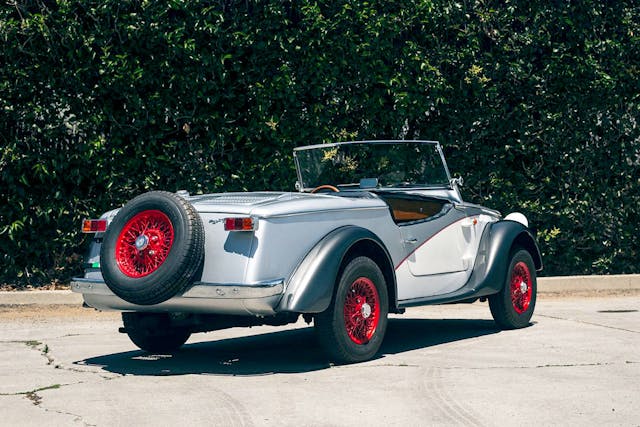
The Fiat 850-sourced rear-mounted 843cc four-cylinder engine drove the rear wheels via a four-speed manual gearbox, and there was independent suspension front and rear. The all-drum braking system was antiquated even in 1968, but with a curb weight of just 1420 pounds (645kg) or so, they didn’t have to work too hard. Besides, high speeds were not really the Spring’s forté.
Road & Track put one through its paces in the U.S. Intrigued by its awkward and contrived styling, the Spring’s build quality left plenty to be desired, the weather protection was poor and the aerodynamics were even more so. Refinement and performance were notable by their absence; the SIATA’s sidescreens had to be fitted to get the car all the way up to a wheezy top speed of 73 mph.
More intriguingly, Road & Track commented: “As for smog or safety equipment—none. The regular US-bound Fiat 850s had their displacements reduced to 817cc to get under the 50cu in lower limit for emission control devices; the Spring remains at 843cc. The 6in headlamps are not sealed beams. There are no seatbelts. So we’re not absolutely sure the car is licenseable, although the distributor didn’t seem worried on that score.”
It would be the U.S. market that proved to be the Spring’s (and SIATA’s) undoing. The company had set itself up to produce around 1500 Springs each year, which equated to building five or six each day. But Americans ultimately latched onto the Spring in a big way, despite it costing $1000 more than the Fiat 850 on which it was based. SIATA received orders for 3600 Springs in a single month and all hell broke loose, with angry dealers and customers coming at SIATA from all sides. Knowing that the success would be short-lived, SIATA had resisted the temptation to expand production and instead it closed its doors in 1970, with around 3500 Springs sold in France, Germany, Italy, and the U.S.

This isn’t the end of the story though, because Spring production soon resumed thanks to the formation of a new company: ORSA (Officina Realizzazioni Sarde Automobili). This bought the rights to make the Spring, along with the production line; by this point the 850 had been updated to become the 903-cc 850 Special. With a bit of extra power (now 47 horses) and disc front brakes the updated Spring was slightly faster than before, but by 1975 it was all over for good.
